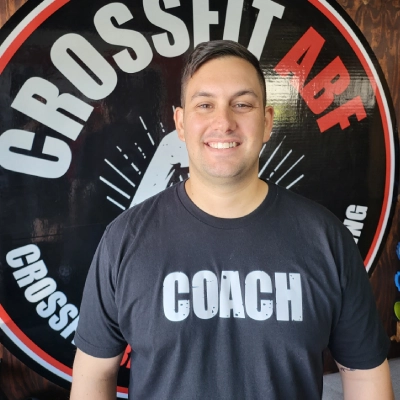Post-Workout Recovery
Written by Dr. Hays Estes, Premier Physical Therapy & Sports Performance
CrossFit…it’s a bear (no, not that type of bear). You do all the burpees, and then all the butterfly pull-ups, and then all the snatches, and then all of the abs, too. And THEN while you’re lying on the ground soaked in what you hope is just your sweat, coach yells at you to do a Mobility WOD.
W.
T.
F.
Stretching? Now? I just did ALL THE THINGS. I feel looser than Ryan’s morals. Do I seriously have to stretch or do a Mobility WOD after crushing my workout? What’s that supposed to do?
Well, let’s first talk about what stretching or mobility drills do. In the immediate (a.k.a., as soon as you bend over to stretch your hamstrings), stretching invokes the “stretch reflex.” When you stretch a muscle, this sends a signal to your nervous system to actually cause the muscle to contract just before it hits its physiological limit. This means your body is actually trying to protect itself from stretching too far and contracts against the stretch. This especially occurs if you stretch “too far too quickly.” Over time, the receptors in your muscle adjust to the stretch and stop sending signals to your nervous system, which is where we can actually lengthen soft-tissue and why stretches are best held for longer durations.
(Thanks, nerd. Still haven’t told me why I have to stretch or work on mobility after my workout.)
Ok. Fine. I’ll just give you the evidence. And, lucky for you, Ryan isn’t going to like it.
A 2004 study (followed up by a 2021 systematic review) shows that there is no effect on injury prevention with post-exercise stretching. And it won’t reduce your muscle soreness. However, there is some evidence in reduction of acute injury risk if some dynamic stretching is performed before running or sprinting (things all CrossFitters love).
So basically there’s no evidence to either endorse or discontinue stretching before or after exercise as a means of injury prevention. BUT IF YOU READ MY BLOG POST FROM LAST MONTH, YOU’LL KNOW THAT THE MOBILITY WOD WILL OVER TIME IMPROVE YOUR SCORE ON FUNCTIONAL MOVEMENT SCREENS AND THEREFORE LEAD TO A REDUCED CHANCE OF INJURY WITH CROSSFIT, so…sorry, but mobility and/or stretching is still important. It just really doesn’t matter when you do it.
______________
https://www.ncbi.nlm.nih.gov/pmc/articles/PMC5341261/?report=reader
http://www.mit.edu/activities/tkd/stretch/stretching_2.html#SEC15
https://www.frontiersin.org/articles/10.3389/fphys.2021.677581/full?fbclid=IwAR2k3FE6ZUwkrPc6clrbBBgbUkMjQuia1_Re81qUNh4u-XMA2AaAyHzJcN4
http://citeseerx.ist.psu.edu/viewdoc/download?doi=10.1.1.525.2286&rep=rep1&type=pdf
https://www.ncbi.nlm.nih.gov/pmc/articles/PMC119442/
https://cdnsciencepub.com/doi/full/10.1139/apnm-2015-0235
_______________
Before you laugh Ryan out of the gym, he’s not completely off-base with telling you to do mobility after your workouts. Stretching does increase blood flow and activates your parasympathetic nervous system, which is the “rest and digest” part of the nervous system and helps you relax, so there are benefits to stretching after a workout to aid in the psychological recovery of CrossFit.
So what’s the bottom line? You do need to address any mobility limitations you may have, but the timing does not matter. And a proper warm-up using lower resistance and/or bodyweight movements of the main lifts or sport-specific movements you’re about to perform will properly prepare you for that workout and reduce injury risk.
My name is Dr. Hays Estes. I’m the owner of Premier Physical Therapy here in Clearwater. My staff of fellow Doctors of Physical Therapy and I love working with CrossFit athletes and helping them decrease pain and improve performance. You can use your insurance (or we have self-pay options) and you do NOT need a prescription from a medical doctor to see us. If you’d like to die a little less at your next competition, let us help you.
_______________










